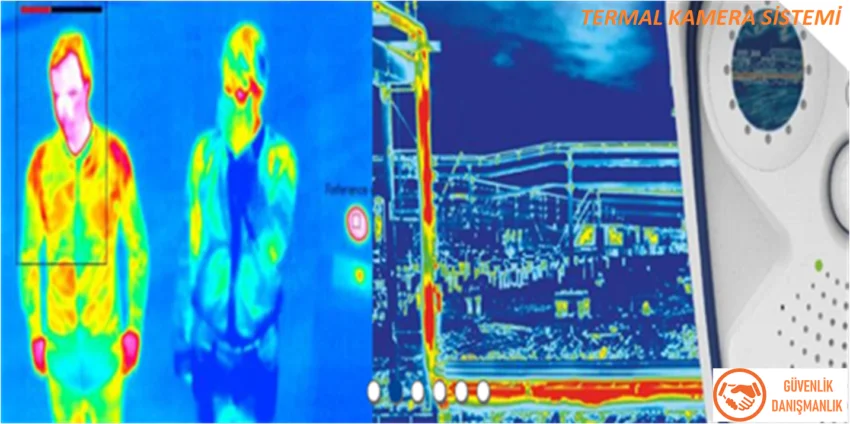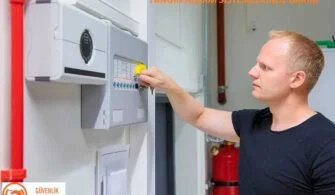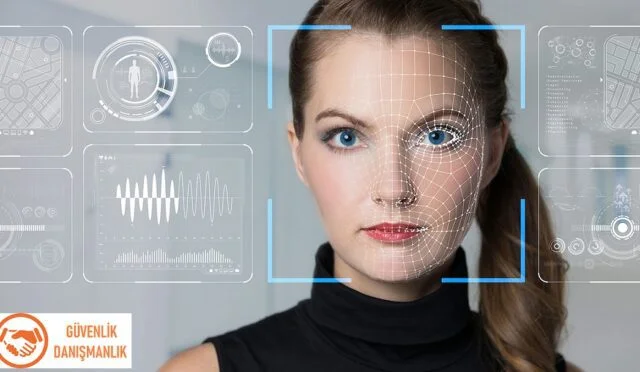Let’s start our article by defining what a thermal camera is. A thermal camera can detect the thermal radiation emitted by all objects above absolute zero (-273 C). The higher the temperature of an object, the more intense the infrared thermal radiation it emits. Although thermal radiation cannot be seen by the human eye, it can be detected by thermal cameras. Thermal cameras have a special germanium lens that can transmit infrared 8-14 µm wavelength rays. We can say that thermal camera systems have a sensitive heat sensor that can detect small temperature differences from surrounding objects.
In which applications can we use thermal cameras?
We can say that the most beneficial area for thermal cameras is border security. Because optical cameras can create weaknesses in the image under low light or very bright conditions. In addition, objects that cannot be detected with optical cameras in wooded areas or foggy environments can be easily detected with thermal cameras. At the same time, thermal cameras can easily track people at much longer distances than optical cameras. In addition to all of these, thermal cameras are widely used in border security today, especially thanks to high-accuracy intelligent video analysis used in thermal cameras. Border security can be the perimeter security of any facility, building, tank field, or industrial facility, as well as in the border security of military areas.

We can also use thermal cameras for temperature measurement. Thermal cameras can measure the actual temperature of any desired point in the area they are monitoring. They not only measure temperature, but can also automatically generate an alarm if a set temperature threshold is exceeded. Thermal cameras are heavily used in industrial applications due to their temperature measurement capabilities.
Another common use of thermal cameras is for fire detection. Thermal cameras can quickly detect fires at their early stages, making them useful in areas with a high risk of fire. With the help of video analytics, they can quickly detect fires and automatically alert authorities. In comparison to smoke detectors, thermal cameras are much faster in detecting fires.
Thermal imaging fire detection systems are fast and reliable systems used to monitor and detect spontaneous fires in areas such as bunkers, coal conveyors, waste piles, paper and cardboard recycling facilities, and similar environments. These areas have a high probability of spontaneous combustion and can have severe consequences for personnel and facilities in the event of a fire.
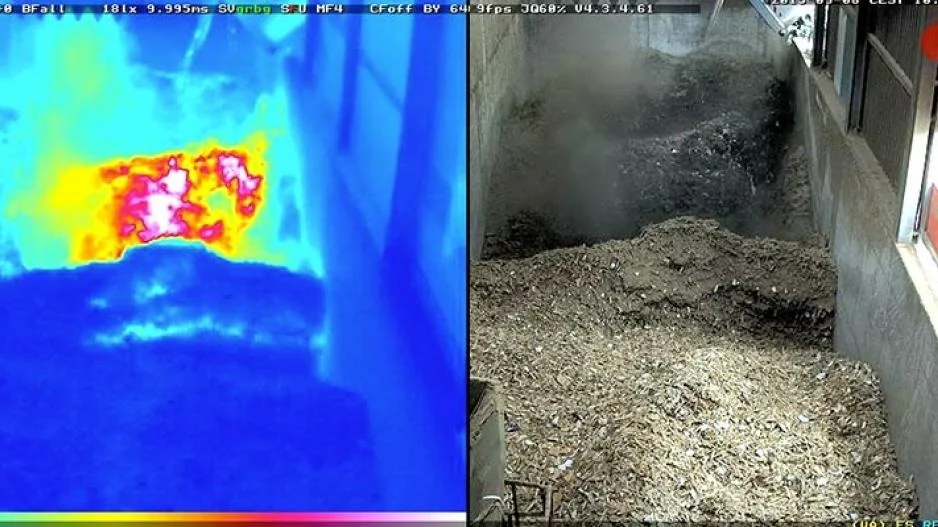
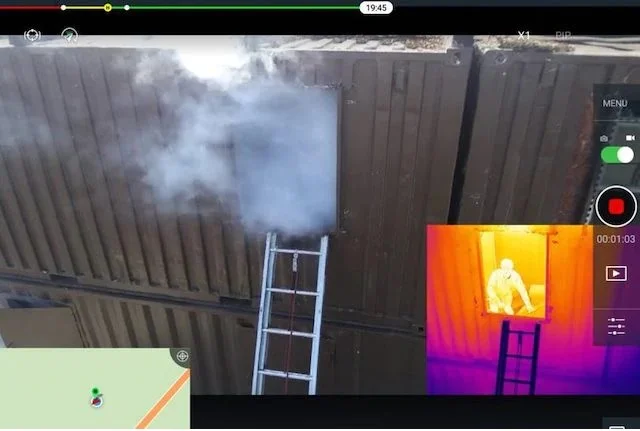
Another industrial application of thermal camera systems is the automotive industry. Thermal cameras have been used to help drivers see in low light and poor weather conditions, reduce accidents, and ensure driving safety. Similarly, thermal cameras are used in the non-destructive testing of automotive components such as tires and brakes to save time and money.
Thermal cameras can easily detect objects and potential objects that cannot be seen by optical cameras. Thermal cameras do not emit anything and provide good concealment, making it difficult to detect and destroy them. Through deep learning algorithms, they produce more accurate alarms while reducing false alarms.
Thermal cameras have many applications in industry for temperature measurement, control processes in production, machine control processes in production, production and process monitoring in industrial facilities, electrical cable maintenance, high voltage testing, high voltage panels, and more. Thermal cameras can be integrated into SCADA systems through Modbus integration, making monitoring and management easier.
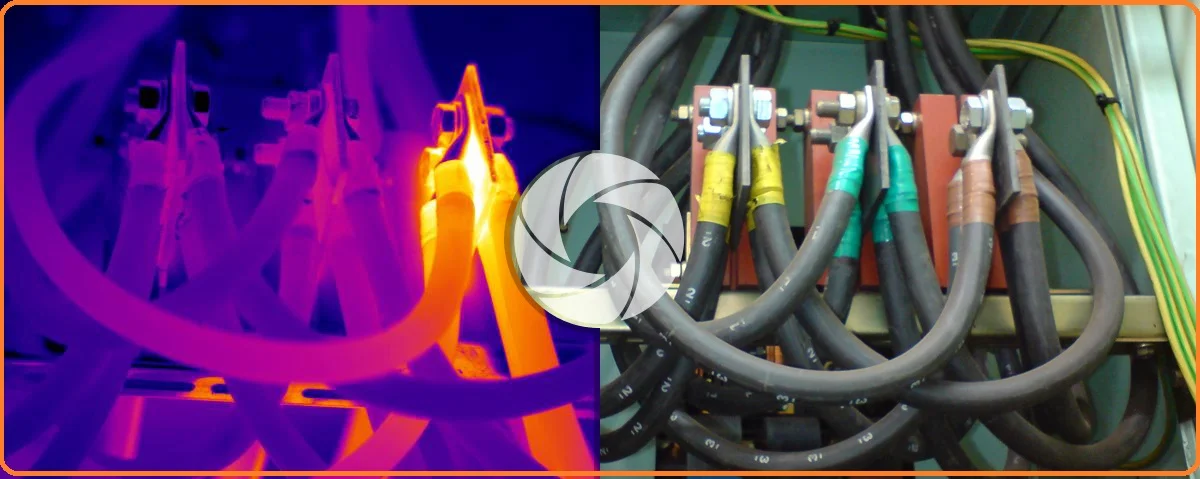
A few years ago, thermal cameras were not very preferred due to their high cost and difficulty in accessibility, but today, they have become usable in many areas parallel to the decrease in their costs. Thermal camera systems can be easily used in the detection of forest fires with proper project planning and positioning. Thermal cameras are being used for forest fire safety nowadays. Of course, these types of security solutions can be easily used by professionals with proper project planning. In addition, during the Covid-19 pandemic period, thermal camera systems have been actively used. The detection of people with fever in crowded environments has been made possible thanks to thermal cameras. Nowadays, thermal cameras have many usage areas, especially in industrial facilities.
In the image below, a thermal camera is compared to a normal optical camera in night vision. As can be seen in the image, while we can miss many details in the optical camera, we can have full control over even the finest details in the thermal camera. This tells us that the points where security is important must be monitored with thermal cameras.

The image below compares the performance of an optical camera and a thermal camera in foggy conditions. As you can see, optical cameras cannot capture images in foggy conditions, while thermal cameras can easily capture images. Thermal cameras are not affected by outdoor conditions such as fog, rain, or snow.

Below is a comparison between an optical camera and a thermal camera in a high light environment. As you can see, thermal cameras are not affected by high light.



